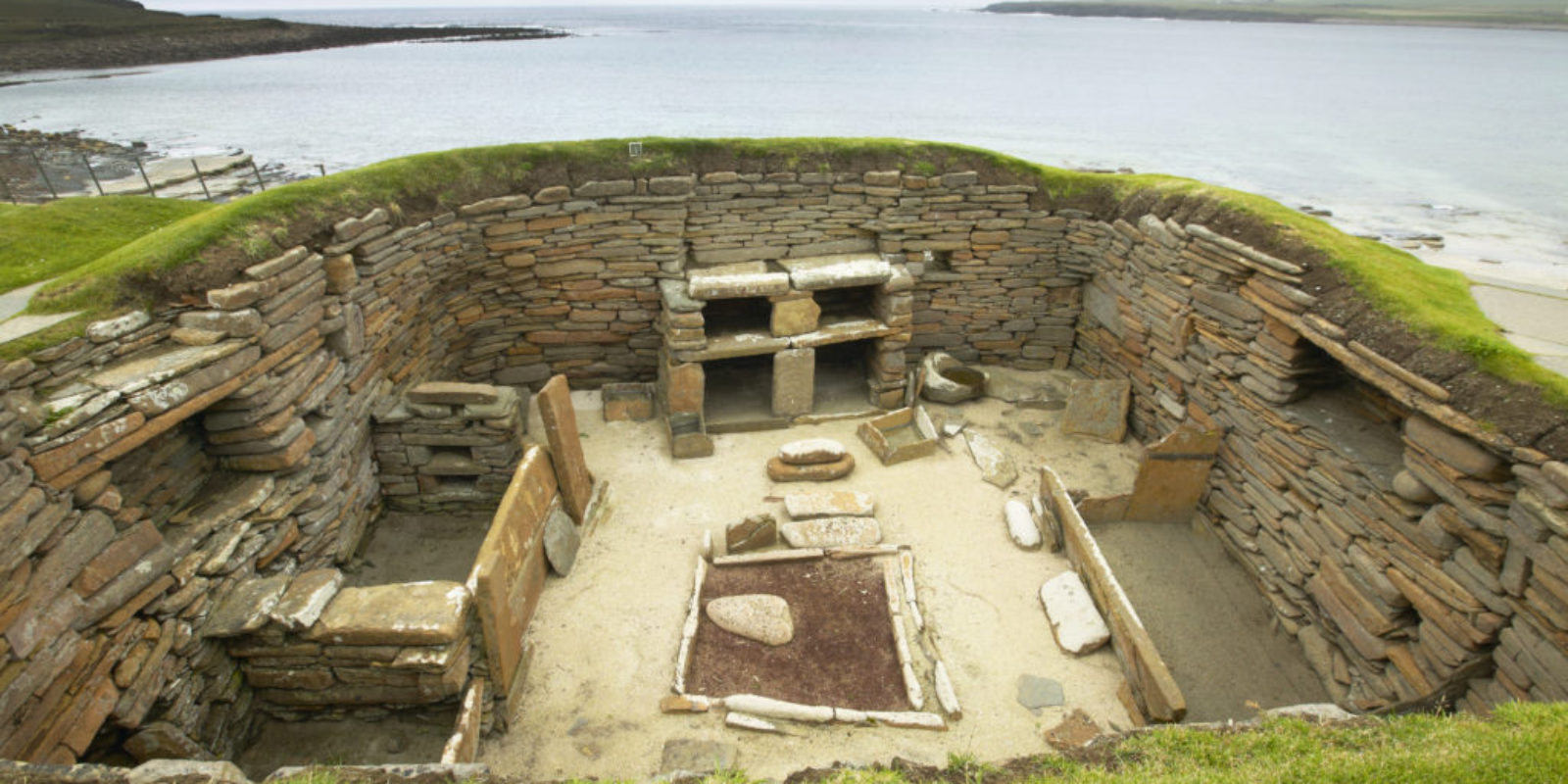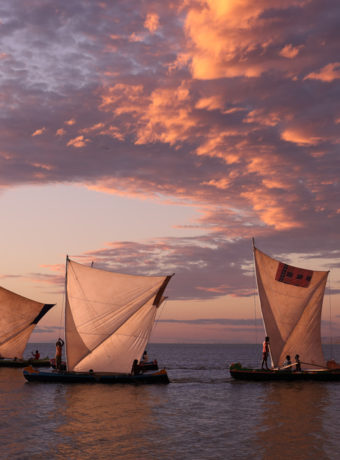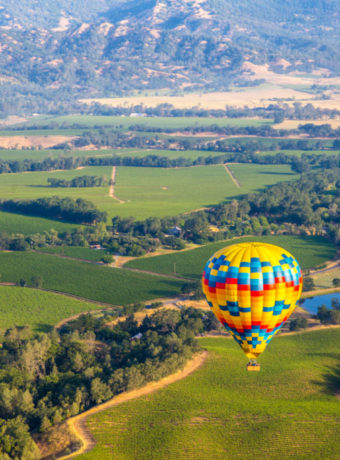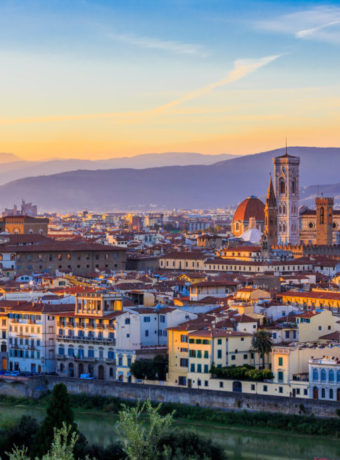Scotland holds a special place in my heart, and Scotland’s Orkney Islands do as well. This tiny archipelago at the top of the mainland is home to Neolithic ruins, World War II historical sites, award-winning distilleries, and incredible Norse heritage. The islands are easy to get around; there’s a dedicated ferry service to all inhabited islands. The Orkney Islands are also super easy to get to, on daily flights from Glasgow, Edinburgh, Aberdeen, and Inverness.
I know I’ve talked about Scotland’s Orkney Islands before, but I want to go a little more in depth this week! Check back at 10am each day for a post about this fascinating destination!
Scotland’s Orkney Islands
Orkney lies just ten miles north of Scotland’s mainland, and is comprised of 70 islands. Only 20 of these are inhabited; the largest one is called the mainland and the smallest is Inner Holm, with a hectarage of 2 and a population of 1. The next smallest island, one with a few more inhabitants, is Holm of Grimbister, with a hectarage of 16 and a population of 3. Oh, you wanted to know the smallest major inhabited islands? Well, those are Wyre, Graemsay, and Egilsay. The largest islands are Orkney Mainland and Hoy.
Did you know? Locals don’t refer to Orkney as “the Orkneys” despite it being an island chain. The proper phrase is “Orkney” or “the Orkney Islands.”
The history of Scotland’s Orkney Islands
Orkney has been inhabited for millennia. Romans first recorded its existence in the 3rd century BCE, calling it Orcas, or Orcades. Today, native residents are referred to as Orcadians.
The first evidence of human presence found on Orkney, at Tankerness, dates to the 7th century BCE, or 6800. However, the first archaeological evidence indicating permanent inhabitation dates to around the 4th century BCE. This is a Neolithic farmstead at Knap of Howar site on Papa Westray. The first settlement is Skara Brae, by far one of the most well known Neolithic sites, on the Mainland Orkney. A more recent excavation at Ness of Brodgar continues to unearth Neolithic artefacts.
Iron Age Orkney saw the influx of Picts, missionaries, and Gaels, although the Norse appeared before the Picts and Celts could influence much. Norse invaders arrived on Orkney in the 8th and 9th centuries CE (AD). The Norse and Scots stay intertwined through the next few centuries, with kings marrying their daughters off to Scottish earls and whatnot. Orcadians sided with the Jacobites during the 1745 rebellion and was one of the last places taken forcefully by the British (in 1746).
During the 20th century, the island was a Royal Navy base (WWI and WWII). Italian prisoners stationed here during WWII built an Italian chapel. Very few remain the world BUT (fun personal fact!) my parents married at the Italian chapel at Letterkenny Army Depot in Pennsylvania. They visited the Italian chapel at Lamb Holm after 38 years of marriage!
What to do in Orkney
There is so much cool stuff in Scotland’s Orkney Islands! I highly suggest at least five days on the islands. I spent two and it wasn’t near enough time; my parents did five and they were able to see most of it. Some of the coolest stuff are the Neolithic sites. Maeshowe, a chambered tomb, is possibly One of the best preserved tombs. Skara Brae, as already mentioned, is an absurdly well-preserved Neolithic settlement. And there are many artist galleries, local shops, and unique museums. And Kirkwall’s St Magnus Cathedral has tons of sinister history behind it.
Murder, she wrote?
Remote islands are always great settings for murder mysteries and whodunit stories. Think Shetland, the BBC series about a detective, set on the Shetland Islands. Why shouldn’t Orkney have its fair share of murderous fiends? Well, they do… in the form of “who killed Margaret, Maid of Norway?”, “did the king threaten murder on his subjects if they didn’t convert to Christianity?, and “how did an entire village disappear?”. (Luckily, in modern times, this isn’t an issue.)

Personally, I love this place. Scotland is a great destination in the spring, but Orkney is still quite chilly. After all, it’s a North Atlantic island with no trees and little natural shelter! Also, a lot of attractions close for the winter and don’t reopen until May or June. Some, like the Ness of Brodgar, are open for only six weeks a year! (<Insight like this is a great reason to use a travel advisor!)
Don’t forget to check back every day for more in depth discovery of Scotland’s Orkney Islands!






